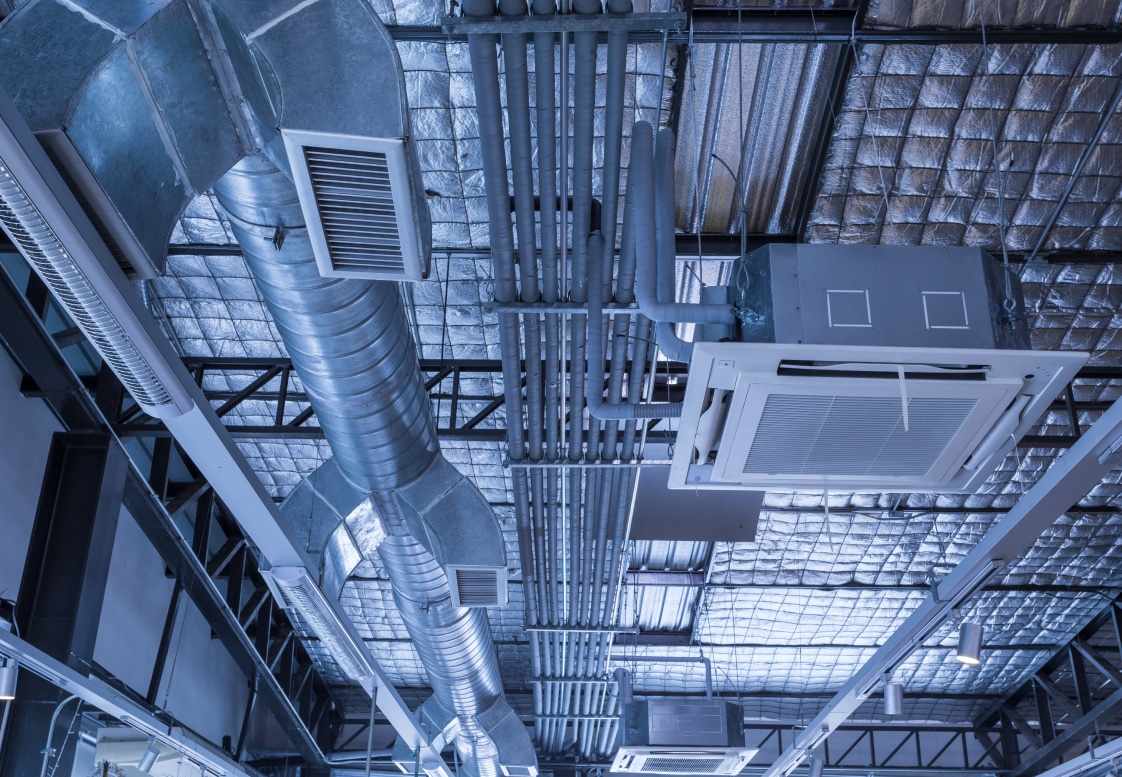
Introduction
Norway, a nation renowned for its commitment to renewable energy and environmental sustainability, boasts a power grid largely fueled by hydropower. However, even with this abundance of clean energy, the need for grid stability and efficient energy management remains paramount. Fluctuations in renewable energy generation and peak demand periods necessitate innovative solutions to ensure a reliable and balanced energy supply. Enter smart Norway HVAC Systems Market technology rapidly evolving beyond mere comfort provision to become a crucial asset in enhancing energy flexibility within the Norwegian power grid.
This article delves into the transformative role of smart HVAC systems in Norway, exploring how their advanced capabilities are contributing to a more dynamic and resilient energy network. We will examine the strategies being adopted, the emerging innovations driving this integration, and the developments shaping the future of HVAC in a grid-interactive Norway.
Understanding Energy Flexibility and the Norwegian Context
Energy flexibility refers to the ability of the power system to adjust electricity generation and consumption in response to variations in supply and demand. In a grid increasingly reliant on intermittent renewable sources like wind and solar (though less dominant in Norway's hydro-centric system, grid stability is still key), flexibility becomes essential to maintain grid frequency and prevent blackouts.
Norway's energy system, while predominantly hydroelectric, still faces challenges:
Seasonal Variations: Water reservoir levels can fluctuate depending on precipitation and snowmelt, impacting hydropower generation capacity.
Peak Demand: Cold winter months drive significant electricity demand for heating, putting strain on the grid.
Integration of New Renewable Sources: While hydropower is the backbone, Norway is also exploring and integrating other renewable sources, which inherently introduce variability.
Interconnections with European Grids: Norway's grid is interconnected with neighboring countries, making it susceptible to fluctuations and price signals from the wider European energy market.
Smart HVAC systems offer a significant opportunity to enhance demand-side flexibility, allowing consumers to adjust their energy consumption in response to grid signals, ultimately contributing to a more stable and efficient energy system.
The Evolution of HVAC: From Basic Comfort to Grid-Interactive Intelligence
Traditional HVAC systems operate reactively, maintaining a set temperature without considering external factors like energy prices or grid conditions. Smart HVAC systems, however, represent a paradigm shift. Equipped with advanced sensors, communication capabilities, and intelligent controls, they can:
Monitor and Analyze Data: Track temperature, humidity, occupancy, and energy consumption in real-time.
Communicate with the Grid: Receive signals about energy prices, renewable energy availability, and grid constraints.
Automated Adjustments: Automatically adjust heating and cooling schedules based on pre-set preferences and grid signals.
Remote Control: Allow users to monitor and control their HVAC systems remotely via smart phones or other devices.
Learning Algorithms: Utilize machine learning to optimize energy consumption based on historical data and user behavior.
This intelligence transforms HVAC units from passive energy consumers into active participants in grid management.
Strategies Driving the Integration of Smart HVAC in Norway
Several key strategies are fostering the adoption and integration of smart HVAC systems into the Norwegian energy grid:
Government Incentives and Regulations: The Norwegian government is actively promoting energy efficiency and demand-side response through various incentives, subsidies, and building codes that encourage the adoption of smart and energy-efficient HVAC technologies. This includes support for heat pumps and smart control systems.
Grid Operator Initiatives: Statnett, Norway's national grid operator, is exploring and implementing programs that incentivize consumers and aggregators to provide demand response services through smart devices, including HVAC systems. This can involve time-of-use tariffs or direct load control programs.
Collaboration Between Technology Providers and Energy Companies: Partnerships between HVAC manufacturers, smart home platform providers, and energy companies are crucial for developing seamless integration and user-friendly interfaces for grid-interactive HVAC systems.
Consumer Awareness and Education: Efforts to educate consumers about the benefits of smart HVAC, including energy savings, cost reductions, and contribution to a greener grid, are vital for driving adoption.
Development of Open Standards and Interoperability: Ensuring that different smart HVAC systems can communicate effectively with grid infrastructure and other smart home devices is essential for widespread integration. Initiatives promoting open standards are gaining traction.
Aggregator Platforms: The emergence of energy aggregators who bundle the demand response capacity of numerous smart HVAC systems (and other flexible loads) provides a valuable service to grid operators, allowing for more efficient and scalable demand-side management.
Emerging Innovations in Smart HVAC for Grid Flexibility
Several exciting innovations are further enhancing the ability of smart HVAC systems to contribute to grid flexibility in Norway:
Advanced Control Algorithms: Sophisticated algorithms that predict energy prices, weather patterns, and occupancy to optimize heating and cooling schedules proactively, minimizing energy consumption during peak demand periods and maximizing the use of renewable energy.
Predictive Maintenance: AI-powered systems that can predict potential HVAC system failures, allowing for proactive maintenance and preventing energy inefficiencies caused by malfunctioning units.
Vehicle-to-Building (V2B) Integration: Exploring the potential of using electric vehicle batteries in conjunction with smart HVAC systems to provide backup power and grid services, further enhancing energy flexibility at the building level.
Integration with Local Renewable Generation: Smart HVAC systems can be programmed to prioritize the use of locally generated renewable energy (e.g., from rooftop solar panels, if increasingly adopted in Norway) before drawing power from the grid.
Dynamic Load Shaping: Systems that can subtly adjust temperature settings within a comfortable range in response to grid signals, providing a significant aggregated load flexibility without noticeable impact on occupant comfort.
Enhanced Communication Protocols: The development and adoption of more robust and secure communication protocols to ensure reliable and real-time interaction between smart HVAC systems and the grid.
Developments Shaping the Future of Smart HVAC in Norway
The landscape of smart HVAC and its role in the Norwegian grid is constantly evolving, with several key developments on the horizon:
Increased Penetration of Heat Pumps: Norway is already a leader in heat pump adoption, and the trend is expected to continue. Integrating smart controls into these highly efficient heating and cooling systems will significantly amplify their grid flexibility potential.
Wider Adoption of Smart Meters: The rollout of smart meters across Norway provides the necessary infrastructure for real-time energy consumption data and enables dynamic pricing signals, crucial for the effective operation of smart HVAC systems.
Growth of Smart Home Ecosystems: The increasing popularity of smart home platforms and devices creates a more integrated environment for smart HVAC systems, allowing for seamless control and automation.
Focus on User Experience and Data Privacy: Future developments will likely prioritize user-friendly interfaces and robust data privacy measures to build consumer trust and encourage wider adoption of smart HVAC technologies.
Standardization and Interoperability Frameworks: Continued efforts to establish industry-wide standards and interoperability frameworks will be crucial for ensuring seamless communication and integration of diverse smart HVAC systems with the grid.
Development of New Business Models: The emergence of new business models centered around energy services and demand response aggregation will further incentivize the adoption and utilization of smart HVAC for grid flexibility.
Challenges and Opportunities
While the potential of smart HVAC in enhancing Norway's energy flexibility is significant, some challenges need to be addressed:
Initial Investment Costs: The upfront cost of smart HVAC systems can be higher than traditional units, potentially hindering adoption, especially among price-sensitive consumers.
Cyber security Concerns: Ensuring the cyber security of connected HVAC systems and protecting user data is paramount.
Consumer Acceptance and Behavioral Changes: Encouraging consumers to actively participate in demand response programs and adjust their energy consumption patterns requires effective communication and incentives.
Interoperability Issues: Ensuring seamless communication between different brands and types of smart HVAC systems and grid infrastructure remains a challenge.
Despite these challenges, the opportunities are substantial. Smart HVAC systems offer a pathway to a more resilient, efficient, and sustainable energy future for Norway, contributing to lower energy costs, reduced carbon emissions, and a more stable power grid.
Conclusion
Smart HVAC systems are no longer just about maintaining comfortable indoor temperatures. In the context of Norway's commitment to renewable energy and grid stability, they are emerging as vital components of a flexible energy system. By intelligently managing heating and cooling loads, these systems can respond to grid signals, optimize energy consumption, and contribute to a more balanced and reliable power supply.
Through strategic government initiatives, industry collaborations, technological innovation, and growing consumer awareness, Norway is well-positioned to harness the full potential of smart HVAC systems. As these technologies continue to evolve and integrate further into the energy grid, they will play an increasingly crucial role in ensuring a sustainable and resilient energy future for the nation, proving that comfort and grid stability can indeed go hand in hand. The journey beyond basic comfort, towards a grid-interactive and intelligent built environment, is well underway in Norway, with smart HVAC systems leading the charge.


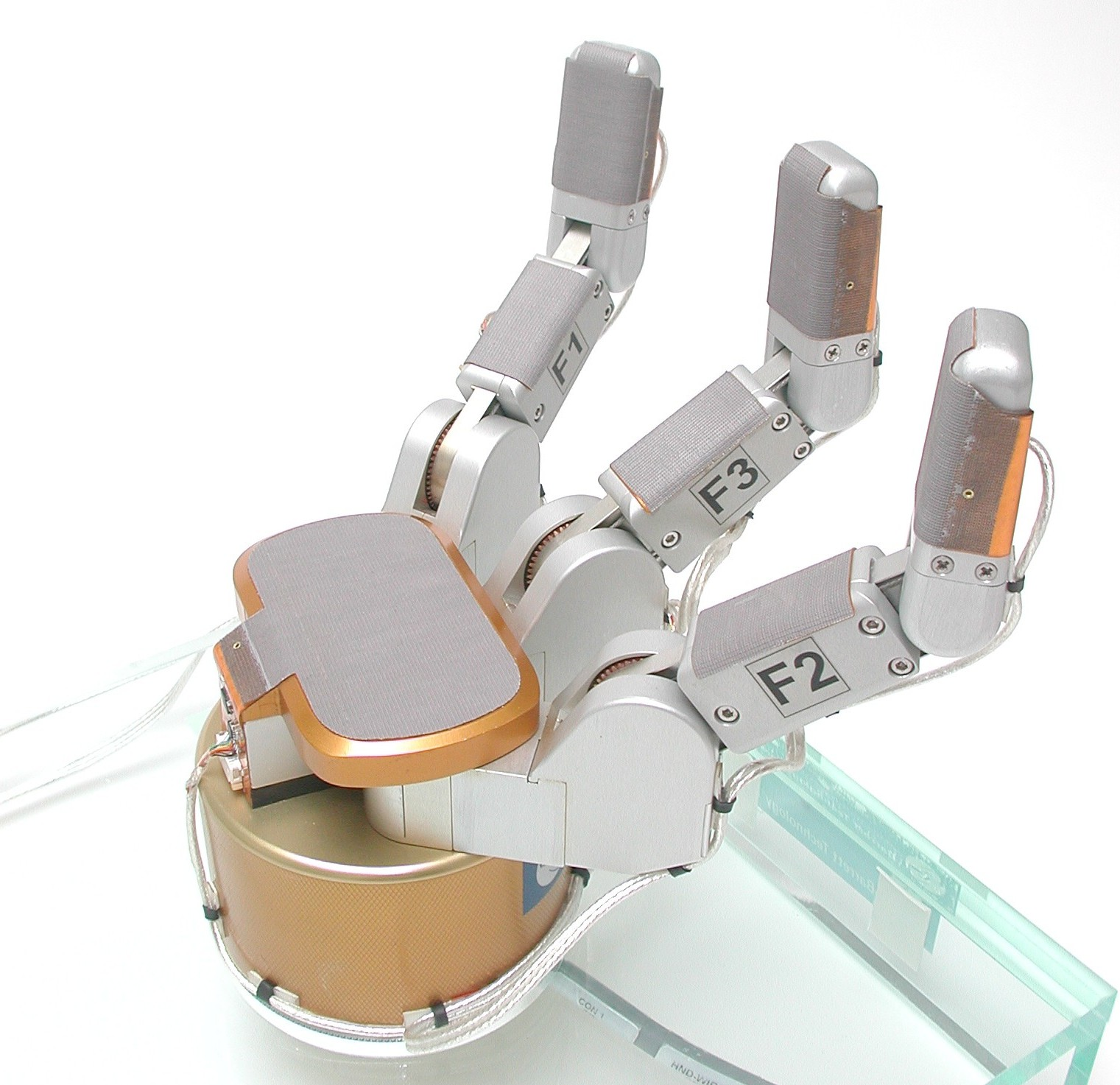
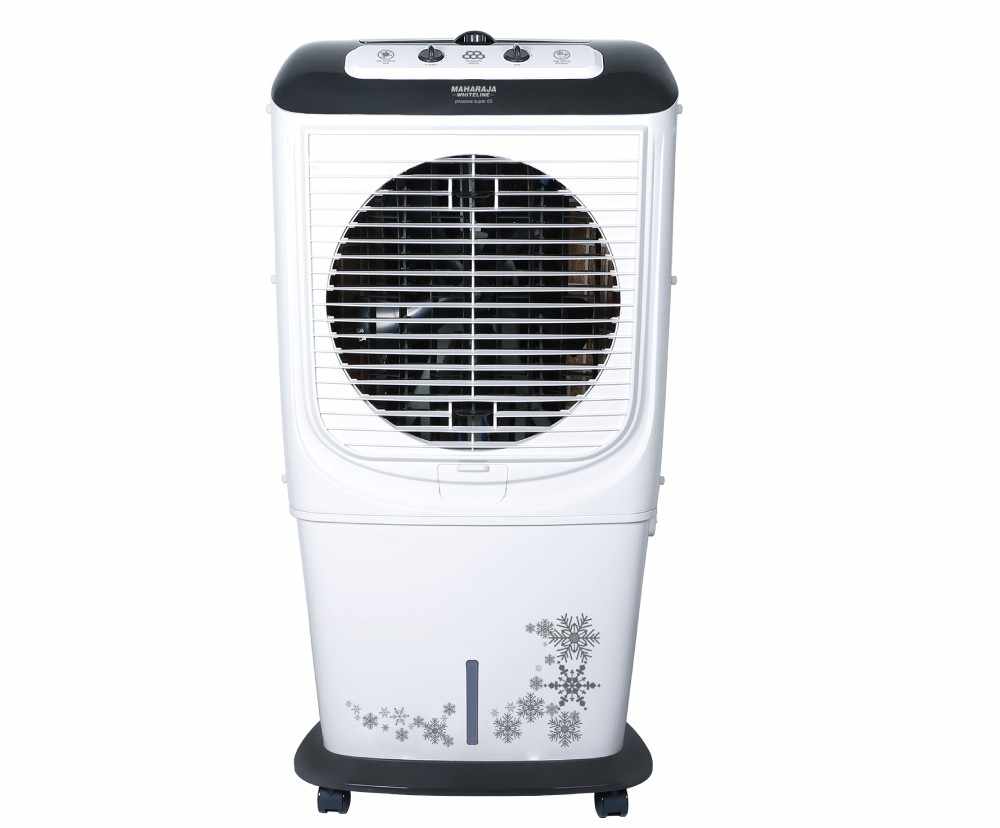




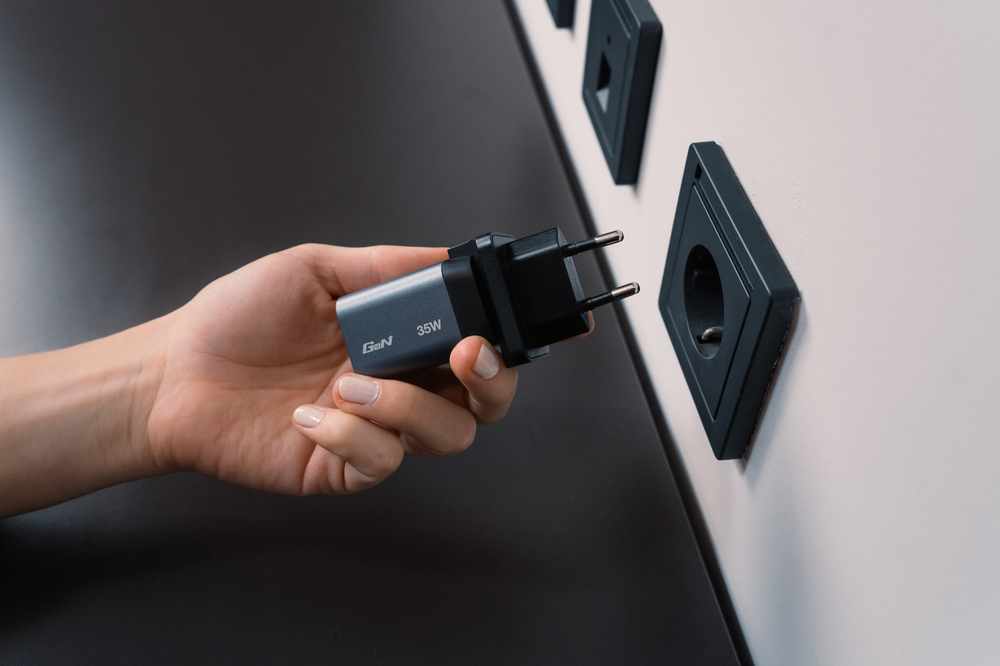
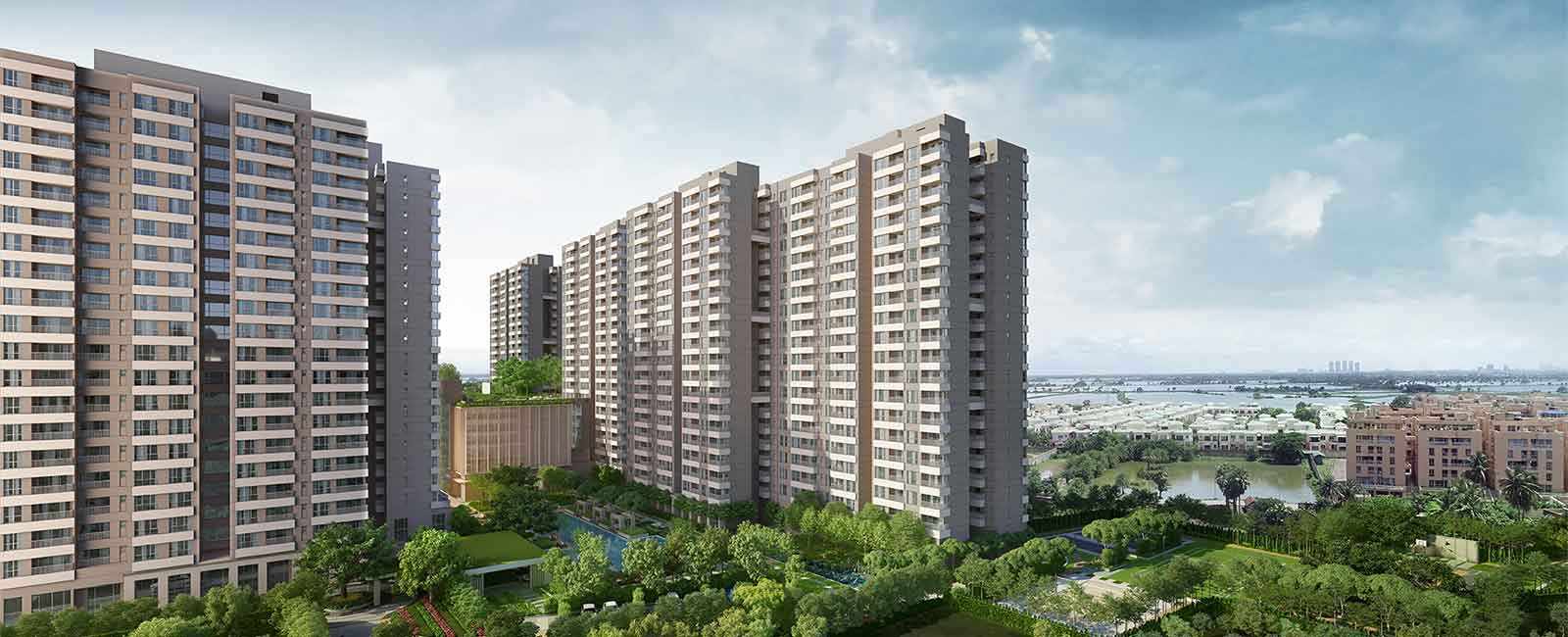
Write a comment ...